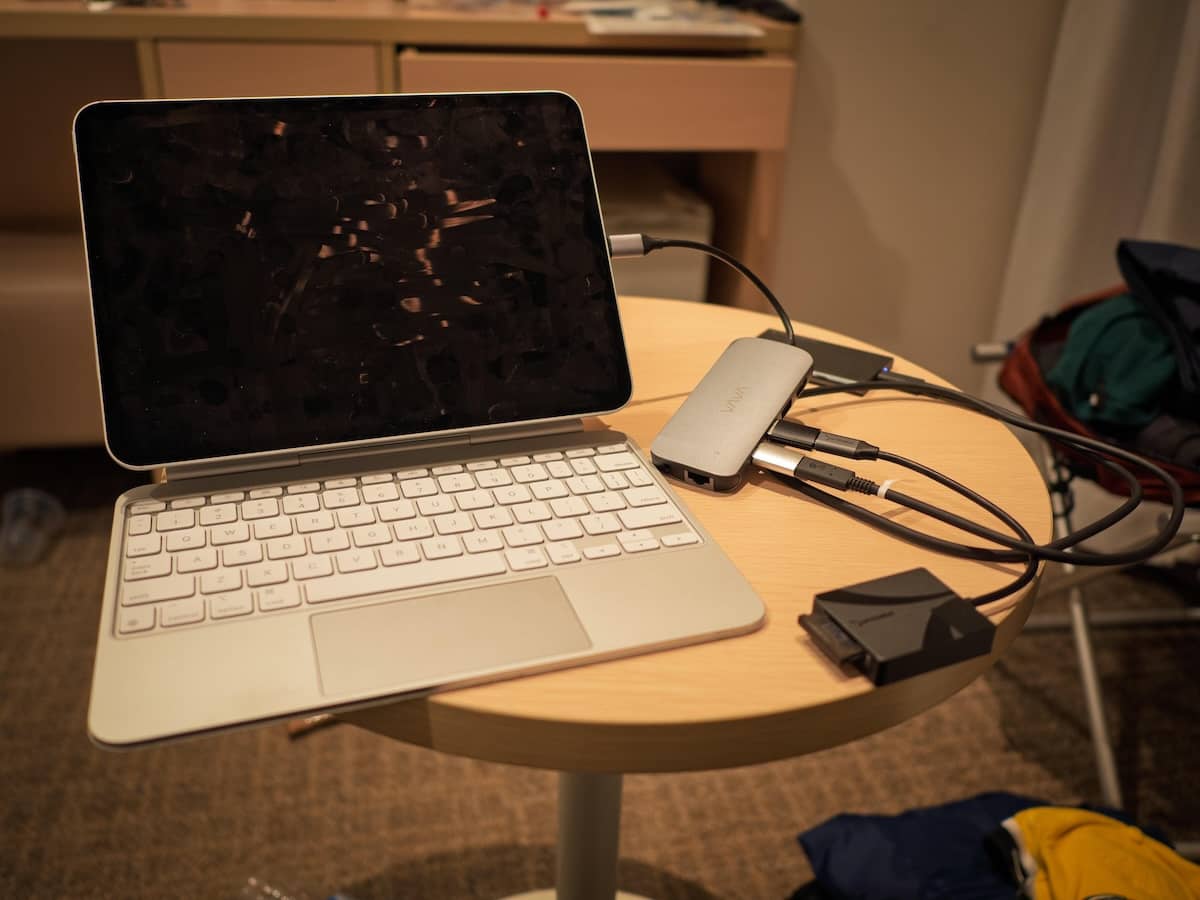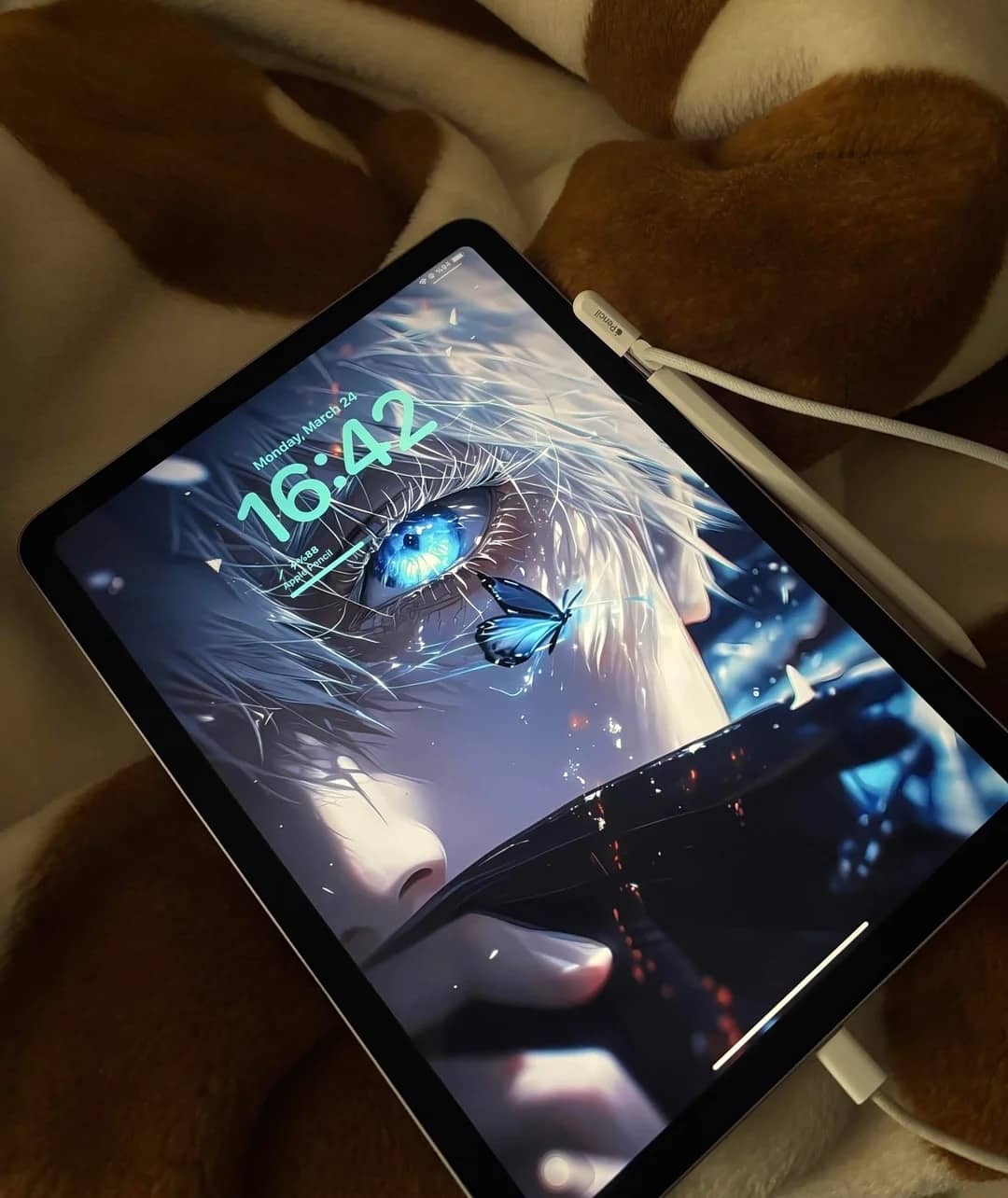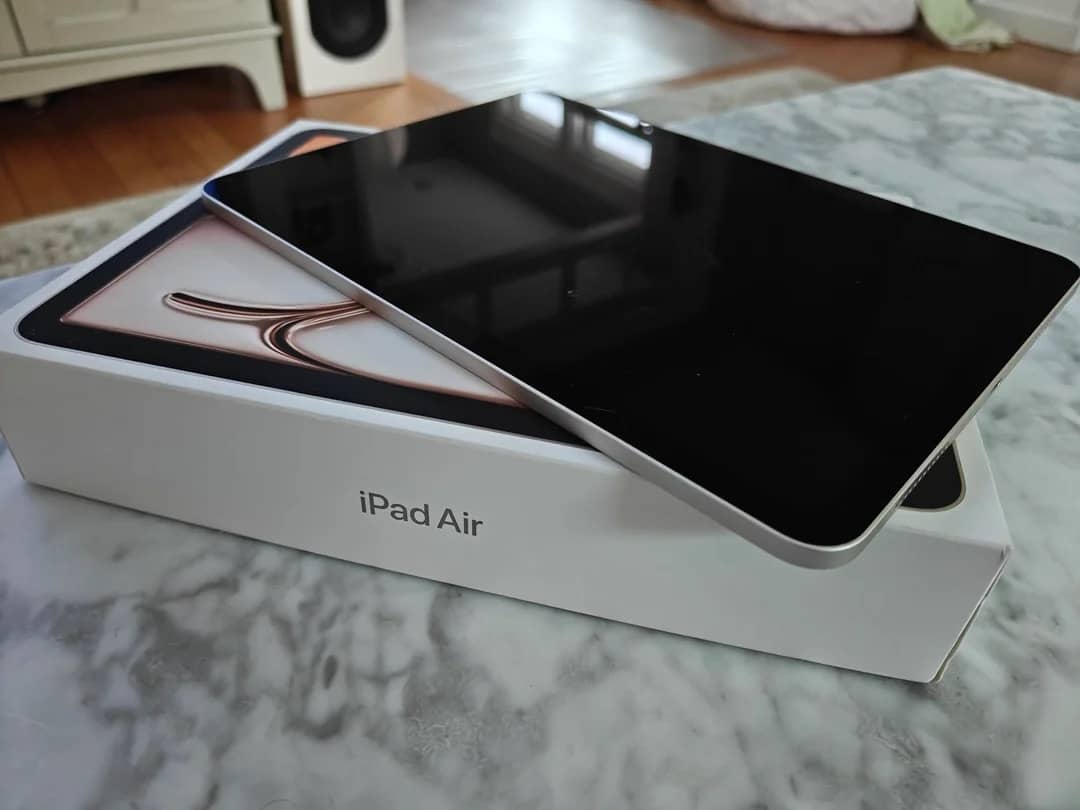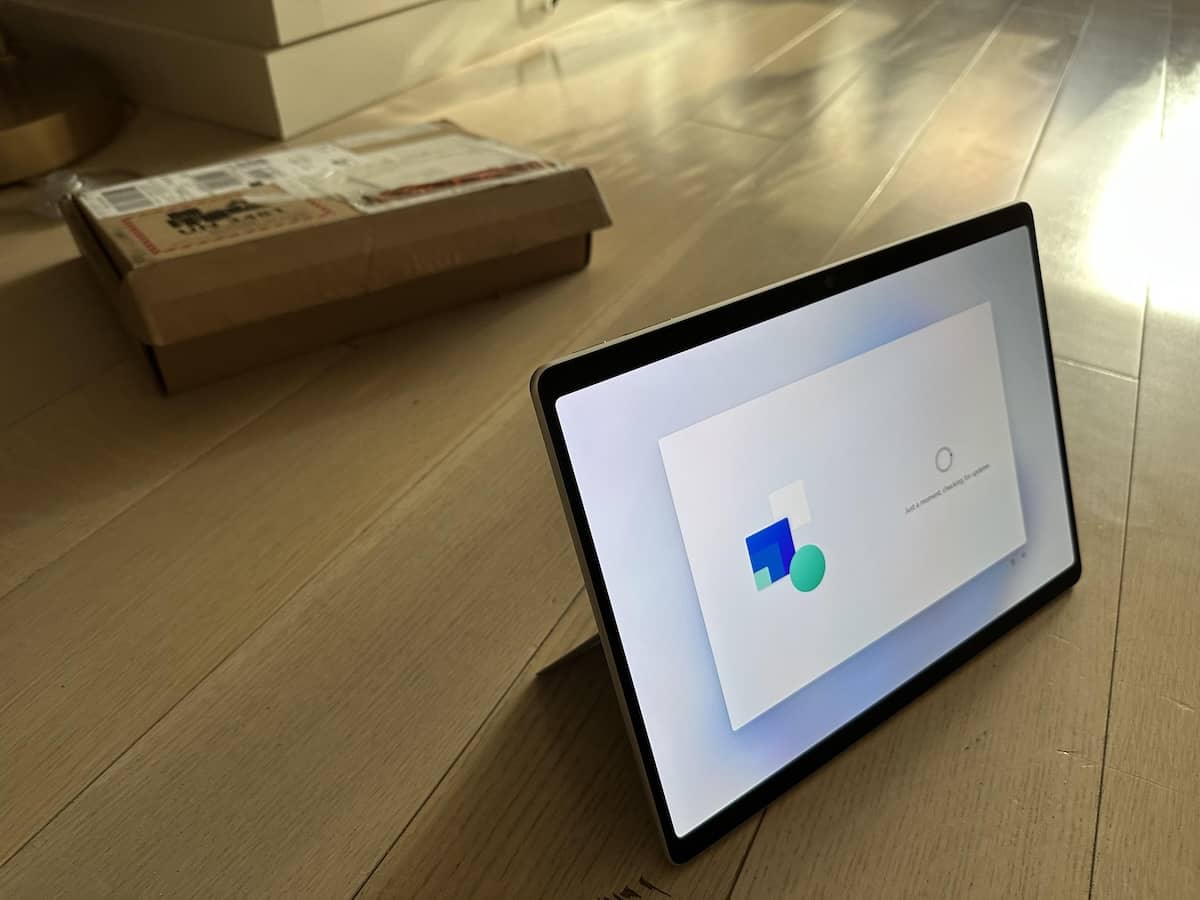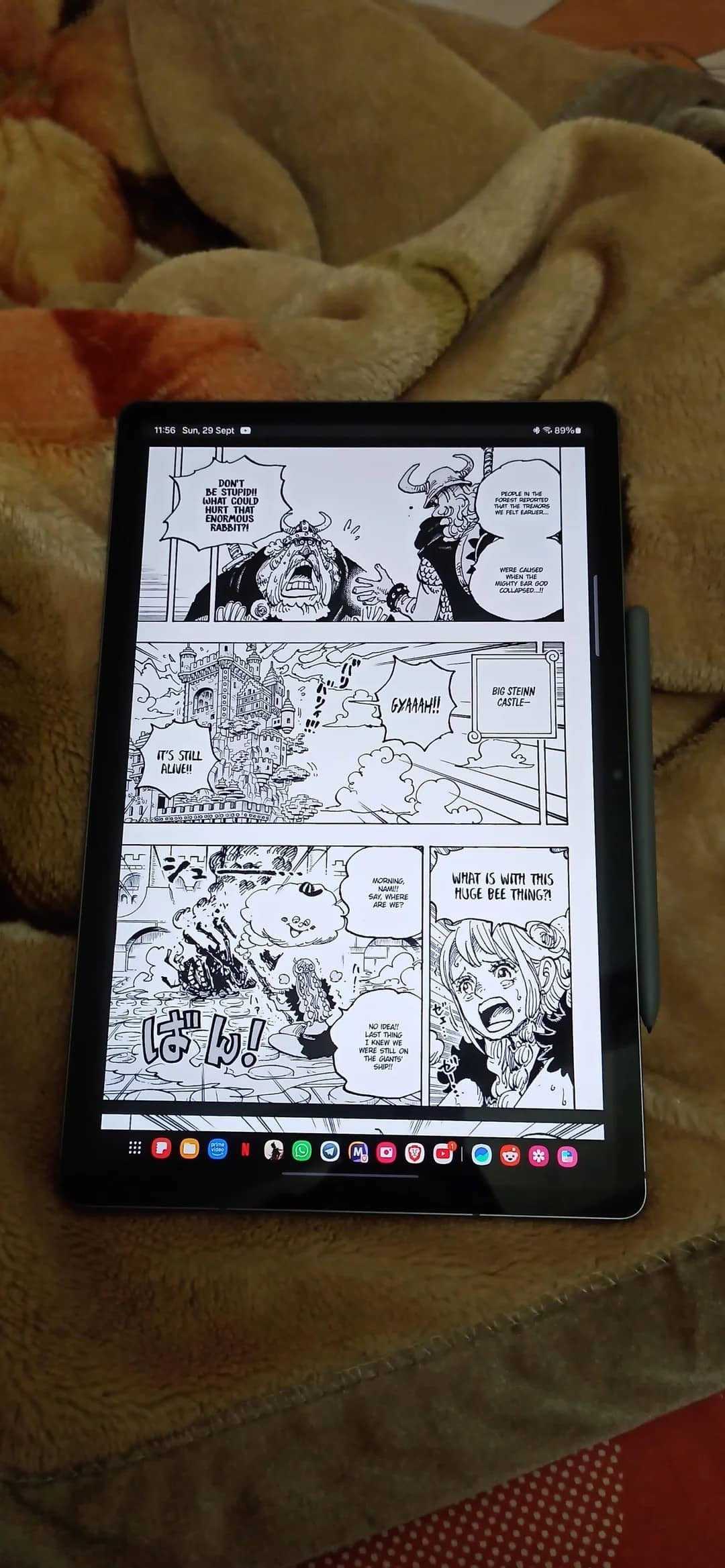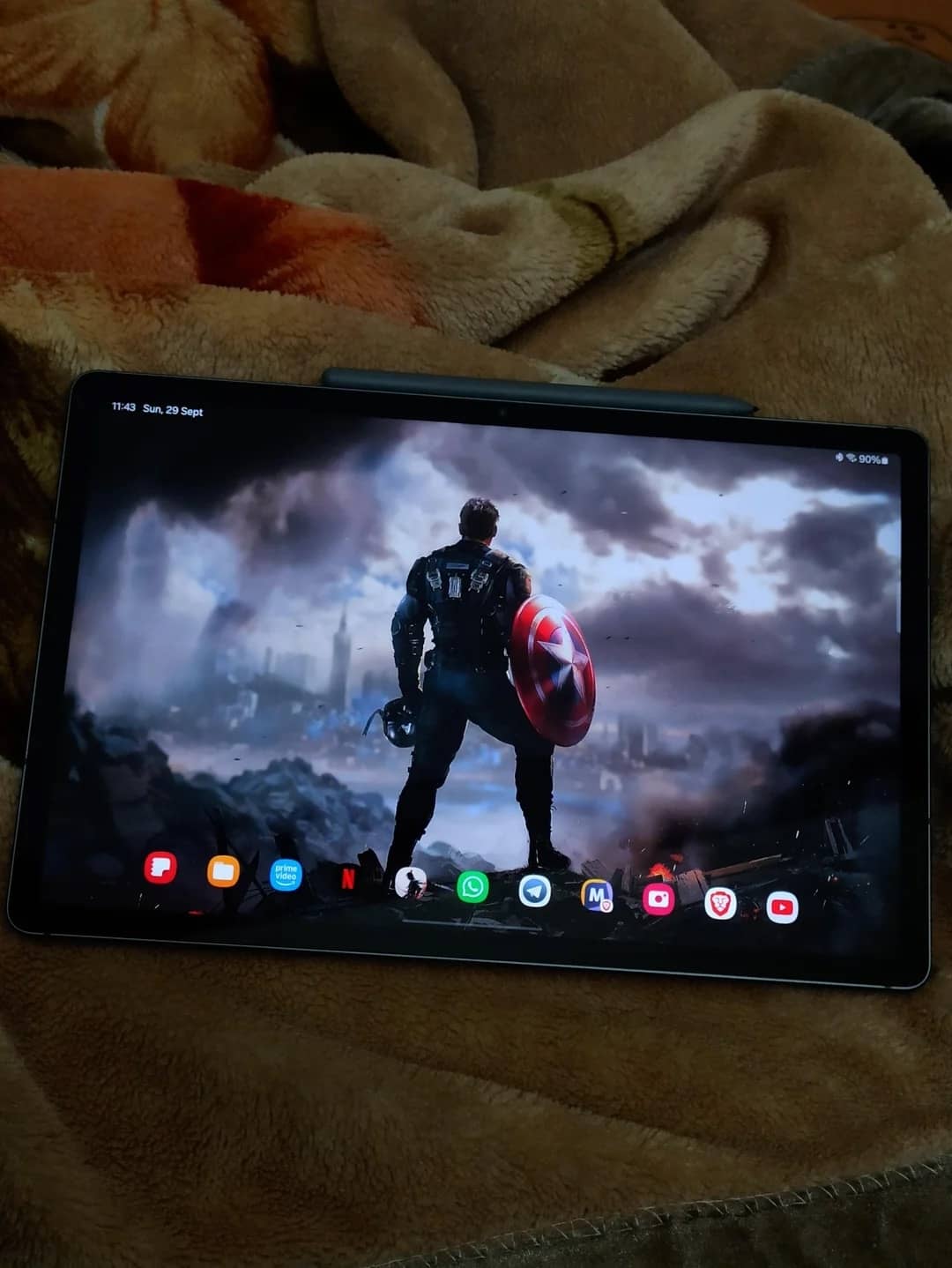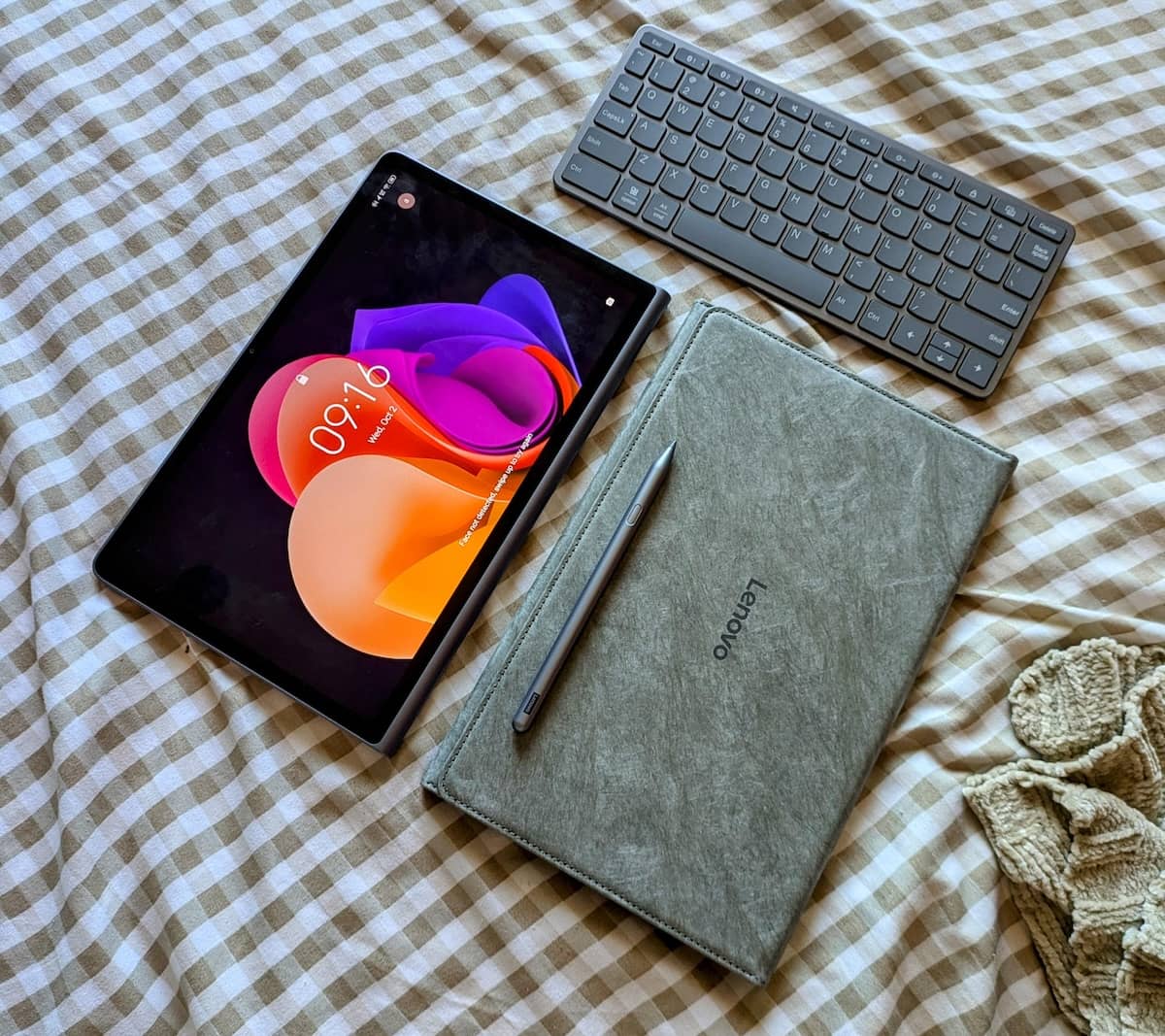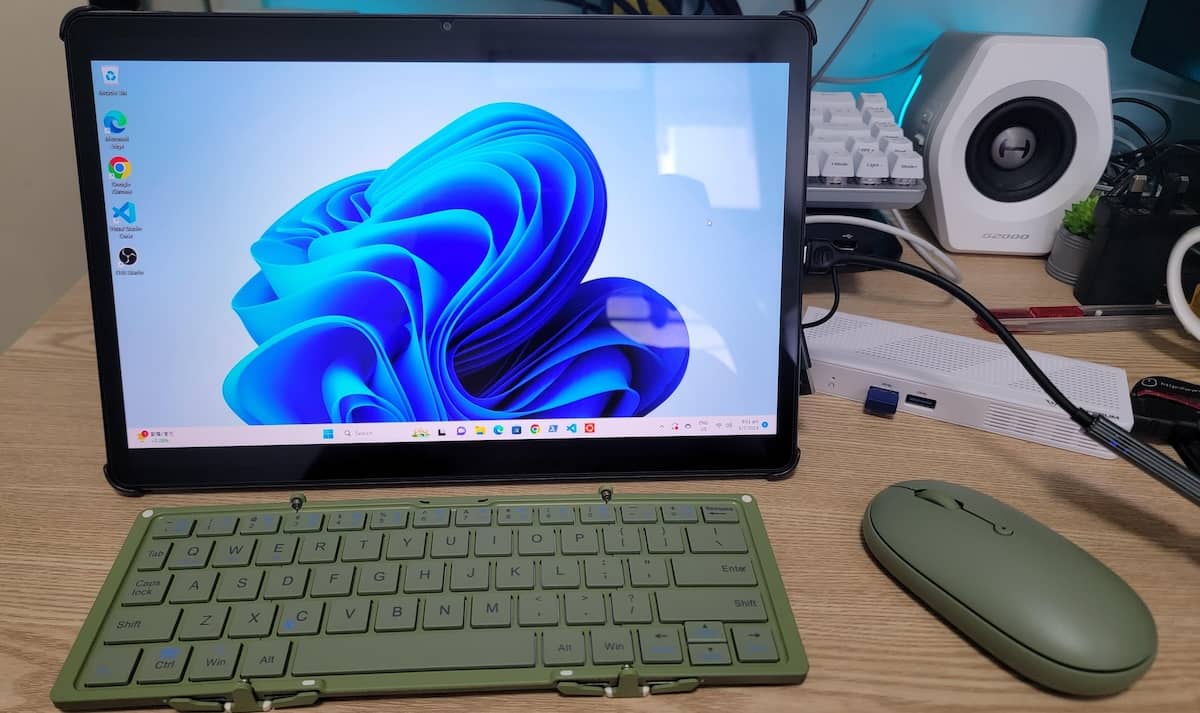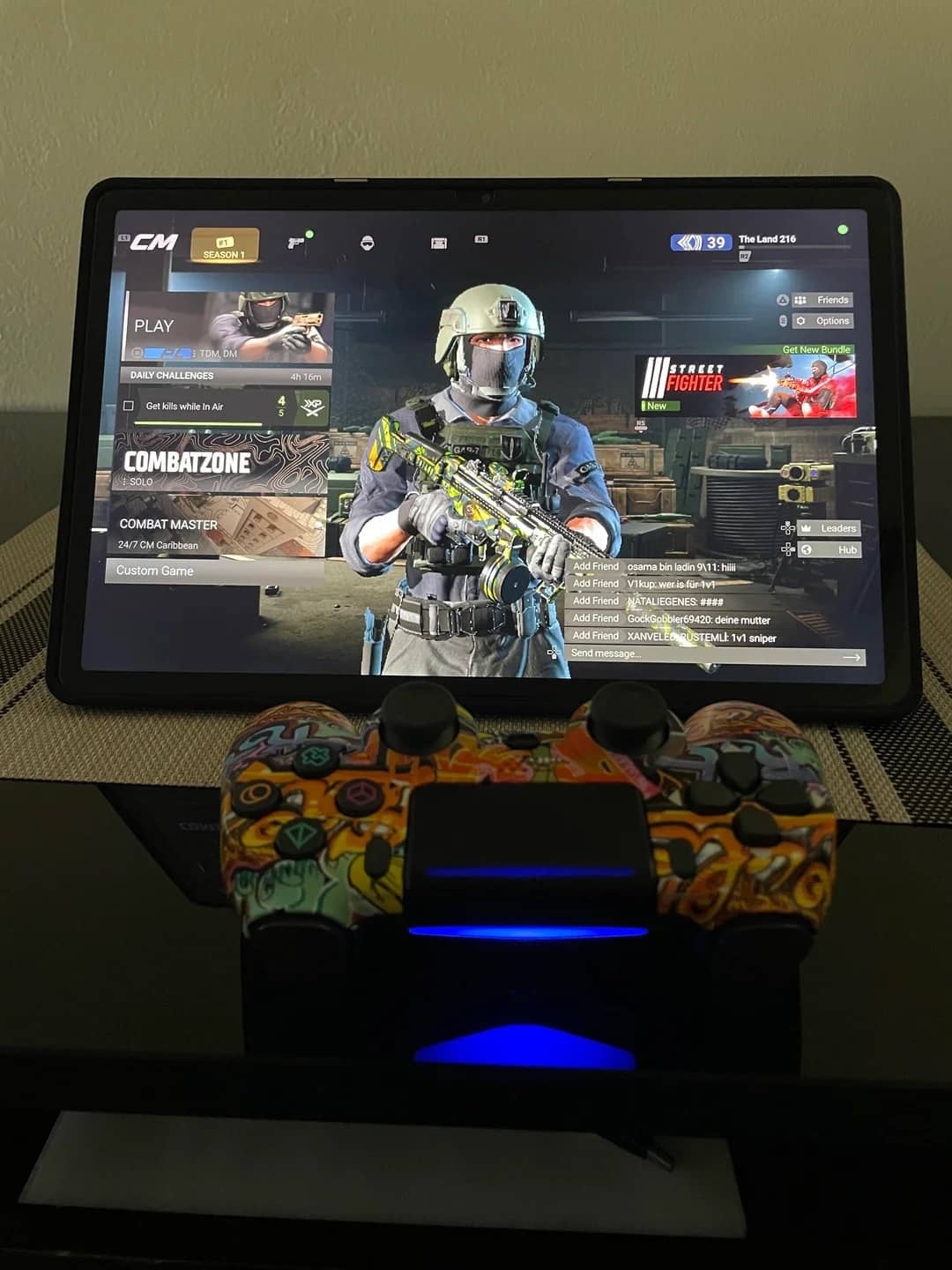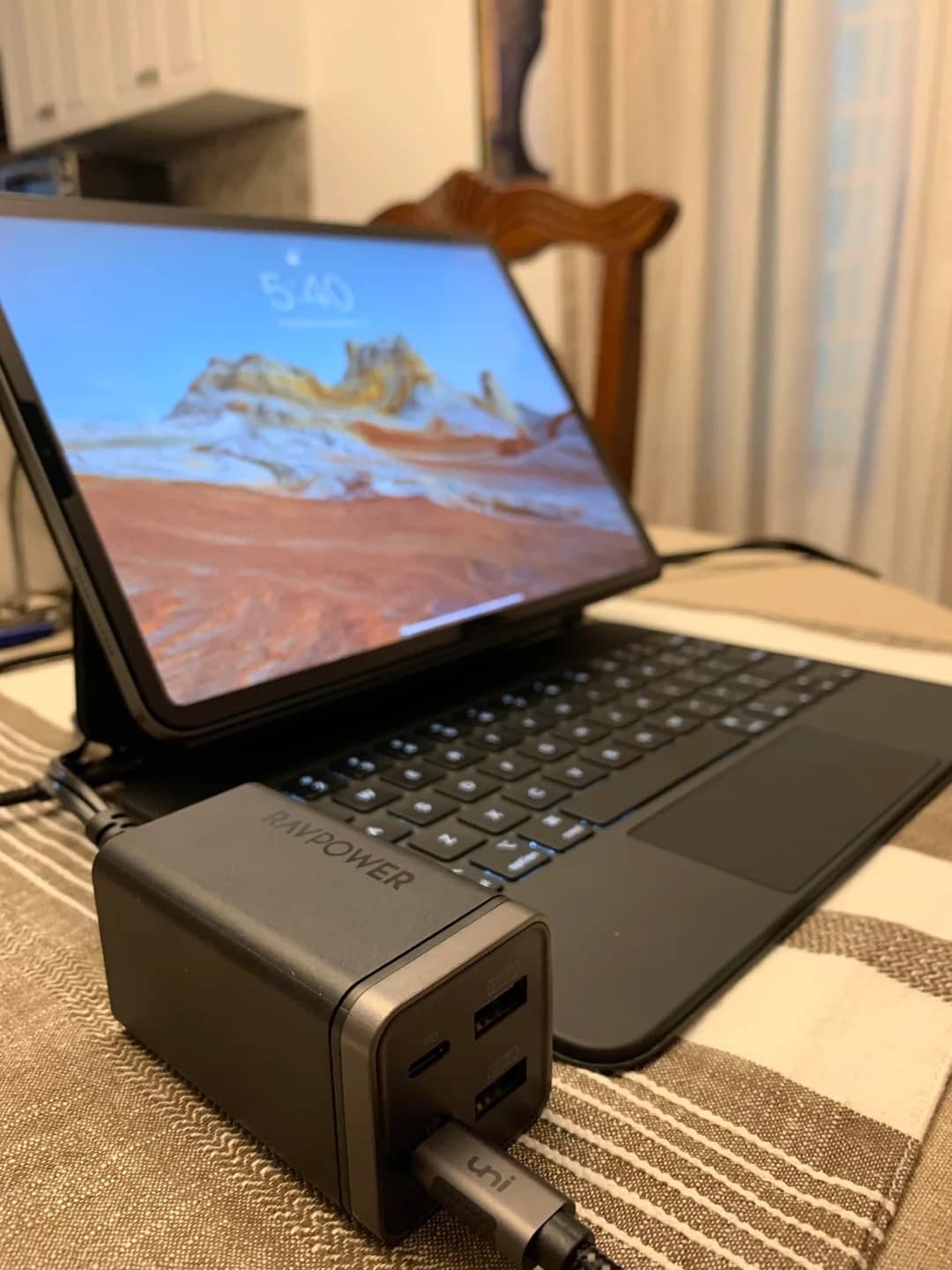Best Tablets Widely Picked by Most Students
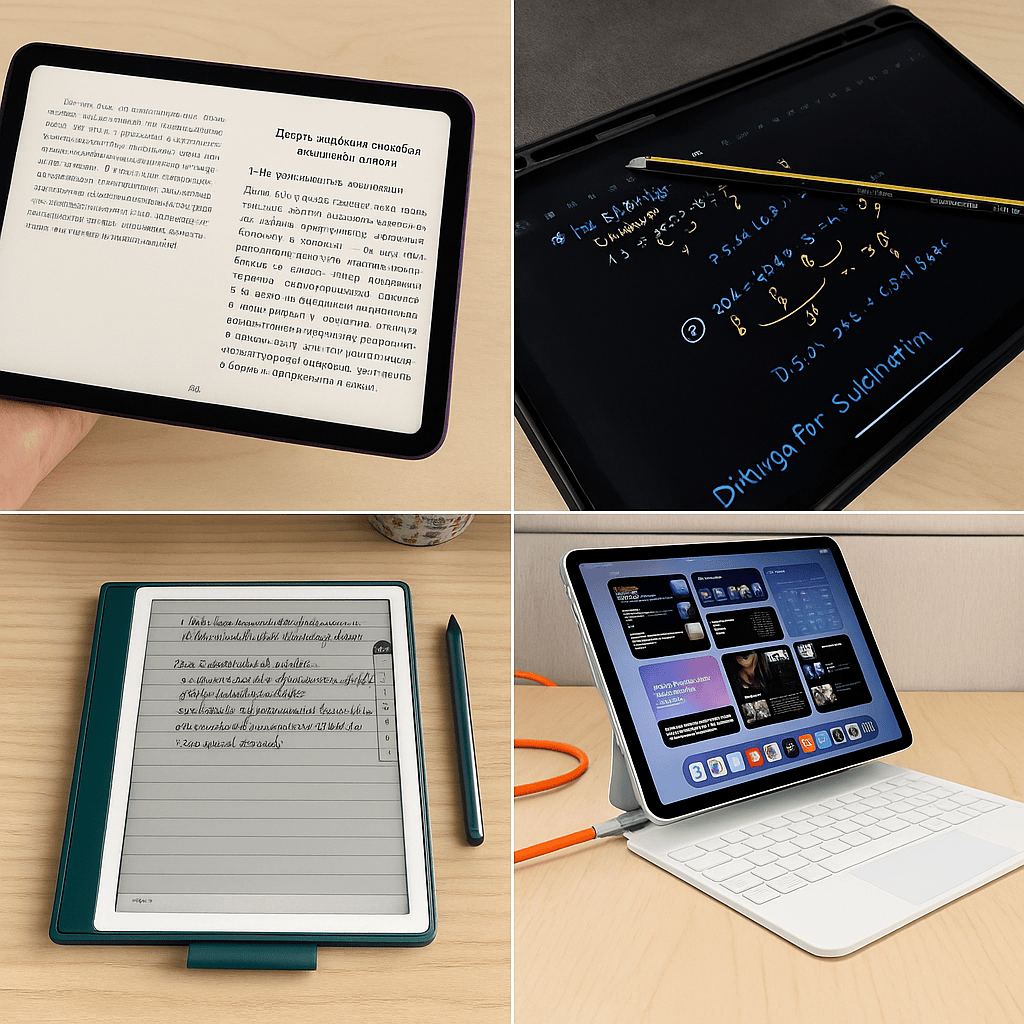
Students used to have big backpacks and lockers for carrying or storing their textbooks. Mobile devices were meant to cut down on the bulk, but they’ve ironically become part of the problem. Smartphone power banks and chargers in one side pocket, laptop USB hub in another, the academic life is nearing the point where an anxiety-ridden student will need a desk extension to accommodate all the cables and adapters needed to support those devices. Tablets make more sense. They’re the closest in form factor to an old notepad. There are even stylus addons to take notes with, or they can be used to scribble doodles in the digital margin, just like the old days.
Having decided upon the larger device format, which are the best tablets for students? Bearing in mind the fact that the word ‘student’ is a broad term, covering elementary school kids at the bottom to creative types and university researchers at the top, the ideal tablet depends on the user’s needs. Some students need a lightweight device for reading and note-taking, while others require more power for creative work and class-heavy multitasking. While that fundamental truth might cause a ripple of consternation among parents, fear not. We’ve spent an entire week doing the heavy lifting, testing, comparing, overthinking every detail so that you don’t have to. Signed, sealed, and delivered, tested and retested, we’ve found the best tablets for living a ‘la vida loca’ school life, thriving in the digital class.
How to Choose the Right Student Tablet!
Before getting to the reviews, here’s a quick summary of core features you’ll need if you want to get the most out of your tablet for school or college. Remember, not all students need the same features, so consider what matters most. Here’s what to shop for:
- Affordability – Junior doesn’t need the very latest in mobile technology. A previous generation iPad, for example, should be enough for basic note taking and multitasking.
- Good display – Student eyes tire after being in class all day. A high definition screen with plenty of pixel density is a no-brainer. For creatives, color accuracy is another desirable feature.
- Shock Proof – A strong aluminum chassis is one thing, but we’re referring to a good Gorilla Glass shatter resistant screen. Better still, a prop-up case and screen protector need to be included.
- Hardware power – Is there anything worse than a fast-paced class lecturer who leaves his students in the dust because their tablet has locked up? Get one that has the power to keep up.
- Storage Space – Apart from processor overhead, in the form of RAM, you’ll need a machine that can store all of those big class PDF projects and media. A 64GB device should suffice.
- Bonus features – A long battery life is obvious, lasting through class and extracurriculars, then there’s the possibility of a stylus, maybe even a snap-to-attach keyboard as well.
Impatient to get into the tablets we’ve tested? Then wait no longer, we’re not ones to keep our readers waiting. Here’s our list of tablets for students, each exhaustively tested.
Our Top Picks: Best Tablets for Students On The Market Right Now!
Apple iPad Air for Students
|
4.8
|
4.7
|
|
$799.99
|
$683.00
|
The Retina display puts a firm check mark over the vision feature listed above. Students will see tiny academic typefaces, even if the student is wearing an old, battered pair of corrective lenses. Media jumps off the screen, colors dazzle, and multitasking windows pop crisply into life, never glitching during a fast-paced lecture. The Apple iPad Air, assuming you have the budget, is an outstanding choice for students. If the price does cause a parent to pale and check their bank balance, consider opting for the 11-inch model. For the price-is-no-object family, the 13-inch variant has enough screen real estate to match a small laptop. Surrounding the display, a resilient aluminum unibody protects against between-class scrapes.
The Space Gray model we took out to the office annex had 128GB of storage, enough for hosting every scrap of class media and school project study material. Wi-Fi 6E and Bluetooth 5.3 lay in reserve, there to call up cloud stored coursework or a quick FaceTime call home to ask Mom to stop by with lunch money. The 12 MP center stage camera took care of that duty. A 4K video recording function was also on standby, should the teen want to put a clowning classmate on social media. For older students, we added the Apple Pencil Pro, using it to create annotations on coursework, which was perfect when homework needed finishing later that night. Goodnotes 6 was our faux class note taking app of choice, with its content backed up to iCloud so that we didn’t have to lie and say that our digital dog had eaten our digital homework.
Student Pros
- All day battery life.
- Has 500 nits of brightness.
- Coursework accelerating M3 multitasking chip.
- Apple pencil pro compatibility.
- A student backpacking lightweight and portable form factor.
- Educational apps hosted on the Apple ecosystem.
Student Cons
- It’s not the most affordable student tablet.
- iPadOS isn’t the best for multitasking coursework.
- Accessory shock. The addition of an expensive stylus and keyboard will raise the price.
- Students with attention problems will inevitably pull up other apps, like TikTok.
Microsoft Surface Pro 11 Student Tablet
This is a superb large-screened mobile device for students to carry around. The Microsoft Surface Pro 11th edition tablet is only 0.37-inches thick, and it weighs in at a featherweight 1.97 lbs. If a teen backpack is already heavy enough to cause sore shoulders, laden down with textbooks and an anime-themed lunchbox full of snacks, then this portable device will save the day. It’s also armored by a Corning Gorilla Glass 5 screen, meaning it won’t be scratched by the sharp edges of a pencil case. Under the tough glass, a 12-core Snapdragon X Elite and Qualcomm Hexagon NPU (Neural Processing Unit) partnered seamlessly with the Qualcomm Adreno GPU to deliver triple-hitter powerhouse performance.
That’s an important feature to have in a school or college mobile device. It ensures plenty of overhead when carrying out multitasking activities in class. Better yet, this is a Windows OS tablet hybrid. The operating system tends to make the most of its hardware when optimizing multiple window workloads, as evidenced by decades of development on desktops and laptops. That’s further bolstered by the detachable Surface Pro Flex Keyboard, a unique form factor that’s heavily marketed by the Microsoft marketing department. If old-school tactile feedback is important when working on coursework, this is definitely a model to consider. Add to that, the loaner we were using had a 13-inch OLED display and 64GB of RAM, then we had a machine that could compete with the iPad Air on every level. It even boasted Wi-Fi 7 and Surface Pen sync, making it a perfect solution for natural handwriting usage.
Student Pros
- Access to up to 1TB SSD coursework storage.
- Built to sync with the Pro Flex Keyboard.
- A 2-in-1 form factor that benefits class note taking.
- Fast Wi-Fi and Bluetooth support.
- 14 hour battery life.
- Option to select an OLED display.
Student Cons
- Potentially as expensive as a high-end laptop.
- Battery life can drop fast when multitasking.
- Not always a popular form factor in class.
- Lacks the status of an Apple device.
Samsung Galaxy Tab S9 FE+ Student Tablet
With two of the more popular but expensive student tablets in the can, our minds turned to the task of finding a school tablet with an affordable price tag. The Samsung Galaxy Tab S9 FE+ was our answer. Granted, although there are more current Samsung tablets, the Galaxy S10 comes to mind, we couldn’t find one that was available for under $600. This model, with a big 12.4-inch WQXGA, 2560 by 1600 resolution screen hit the sweet spot we were after. It’s also only a 1.38 lb. device, only 0.26-inches thick. For that, thinking school extracurriculars, we could drop the tablet, its Gorilla Glass 5 screen rebuffing the shock. In swim class, watching an event, we could also well imagine the IP68 rated sealed chassis working away while occasional water splashes caught us unawares. Next, let’s talk about the hardware.
The Android interface isn’t the most intuitive as a multitasking environment, but it’s silky fast. That’s thanks to a lightning fast octa-core Qualcomm Snapdragon processor and 8GB of RAM fitted. Back in our class setup now, the S Pen stylus operated well across several school-focused apps, producing smooth output without any lag. Dual band Wi-Fi 802.11 a/b/g/n/ac/ax and Bluetooth 5.3 connected students to class servers, assignments completed and submitted for marking. We wondered around about then whether the battery was ailing, ready for a quick sip of juice from an outlet, but the 20 hour rating held firm. Even if the battery had been redlining it, a full charge could have been achieved in one hour. With two 8 MP cameras to the rear, one 12 MP selfie camera on the front, and then 128GB of storage to watch media during breaks, students would never be bored between classes, that’s for sure.
Student Pros
- Large 12.4-inch high resolution display removes cramped whitespace from digital textbooks.
- The versatile S Pen never lags when working on coursework.
- Superior 20 hour battery life keeps working; there’s no excuses for incomplete homework.
- Shockproof Gorilla Glass 5 screen.
- Fast charging, fully charges during a one-hour break.
- It’s a reasonably priced, feature-rich student tablet.
Student Cons
- Android OS tablets aren’t as multitask intuitive as Windows or Apple machines.
- The LCD screen, while pixel dense, isn’t as bright as other tablets.
- The midrange CPU could hitch and protest when processor intensive apps are loaded.
- Isn’t naturally synced to an included keyboard.
Lenovo Tab P12 Student Tablet
The review team was still in their Mission Impossible frame of mind. Far be it from us to deny them a challenge. That’s why we asked for a $300 student tablet that wouldn’t let a school teen down when he needed it most. Challenge accepted; they immediately came up with the Lenovo Tab P12. We could see by the included stylus that it would suit class occupants who aren’t ready to give up the pen. Indeed, we found several pro-grade pens on Amazon, each responsive and designed to provide multiple levels of pressure sensitivity. Add to that, there’s the optional ThinkPad-inspired keyboard. For portability, we could stick with the core tablet. Once in class, it’d only take a few seconds to whip out the keyboard and magnetically attached stylus.
Optional accessories aside, the Lenovo P12 is fitted with a MediaTek Dimensity 7050 processor and 8GB of RAM. We’ve found during testing that this amount of RAM is the minimum students will be comfortable with, as anything less will compromise the user experience, glitching pen responses and multitasking. Speaking of which, the bright 12.7-inch, 3K display has built-in multitasking capabilities, switching to four split screens and five floating windows on command. Again, Android devices aren’t always considered the go-to tablets when multitasking, but Lenovo software developers have gone out of their way to correct this shortcoming. The inbuilt 10,200 mAh battery kept the power flowing when all of these windows were active, promising 10 hours of academic activity. That’s less than some of the models on this list, probably because those windows are being thrown around a 3K display that occupies almost 13-inches of screen space.
Student Pros
- Premium tablet benefits, such as a 13 MP front camera, sensors, Dolby Audio, and Wi-Fi 6/Bluetooth 5.1.
- Large 12.7-inch multitasking screen for demanding school assignments.
- Includes a responsive stylus, magnetically attaches to the tablet or optional keyboard.
- Midrange CPU works well in elementary to high-school learning environments.
- Keep class assignments safe and secure with a 128GB storage capacity.
Student Cons
- The 10 hour battery could be better.
- Midrange CPU performance might not suit an advanced student.
- The keyboard costs extra.
Apple 13-inch Student Tablet
Let’s assume that the student in question is a university attendee or someone training to be a graphic designer. This imaginary person is prepared to invest some serious cash, or maybe he, or she, is going to set up a payment plan. Regardless of costs, they want the Apple iPad Pro because it has a tone authentic P3 wide color gamut display and a 13-inch screen. This is the chairman of the board, a tablet that’s descended from Apple’s best workstation quality computing systems. It’ll FaceTime and play media like any of its less expensive portable Apple brethren, but then there’s the freedom to switch to color graded output, imagery that’s on a whole other level. For students, we’re talking about Ultra Retina XDR graphics, as driven by the raw number crunching capabilities of the M4 chip.
It’s difficult to overemphasize the power. If a college grad student is running multiple research apps, M4 boosted 10 core processing and another 10 cores of tied-in GPU power work in tandem to power through the complex data analysis, simulations, or graphic-heavy tasks. This in mind, we could well imagine an Apple iPad Pro holding its own in a class on video production, editing 4K footage, applying complex effects, or working with high-resolution graphics. Its performance, combined with precise color accuracy and industry-standard software, means it’s more than a device; it’s a full-out beast of a pro-level portable work device in the shape of a tablet. For specs, expect 4K video recording, a center stage 12 MP camera, and support for Apples’ very own Magic Keyboard.
Student Pros
- Authentic colors on an ultra-Retina XDR screen.
- Uses the latest M4 chip for boundless creative coursework creation.
- Supports new Apple Intelligence AI technology.
- Huge 13-inch screen with an antireflective coating.
- Compatible with Magic Keyboard and Apple Pencil Pro.
- Pro-quality camera and studio-solid microphone array.
Student Cons
- Practically none.
- 10 hour battery life, likely due to large Retina quality display.
- It’s expensive.
Why These Student Tablets Made the Grade?
A mix of affordability and functions comes to mind. We wanted devices that would fit every student age group and parent budget, too. An Apple iPad Pro might be the absolute best at just about everything, but it’s an overkill option for an elementary school learner who does nothing more than assignments on basic arithmetic and spelling apps. Likewise, a bargain-bin tablet might save money upfront but struggle with multitasking, slow load times, and limited app compatibility. The student ends up frustrated and in tears, the parent sighs and returns the tablet, hours of shopping wasted.
For more balance, functions and features against price, we chose the Samsung Galaxy Tab S9 FE+ student tablet. The Lenovo Tab P12 was also a good alternative and might have scored higher if it had a better battery. Only then did we skip up a level to the Microsoft Surface Pro 11 and thoughts of iPads. There’s nothing better than these premium large-screen mobile devices for college coursework. The freedom to add keyboards and a stylus simply underscores the fact that these bigger, hardware oriented tablets aren’t just for media consumption—they’re full-fledged productivity machines.
If your youngster isn’t to outgrow their tablet, much in the same way they outgrow school uniforms, buy a device that will deliver real performance overhead. The iPads seem expensive, but if the developing mind of your child isn’t worth the investment, what is? On the other hand, Samsung devices are priced to sell and can keep up with elementary kids or high schoolers without any trouble at all. Buy the iPad, or, as long as Apple status symbols aren’t an issue, buy that Samsung or Lenovo, safe in the knowledge that your child’s academic future is supported by a capable classroom device.
